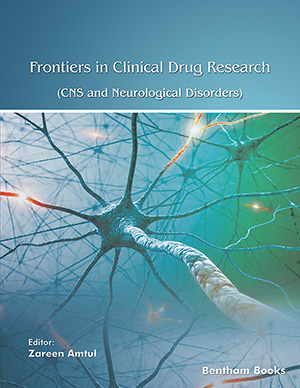Abstract
To be effective as therapeutic agents, centrally acting drugs must cross the blood-brain barrier (BBB). Conversely, to be devoid of unwanted CNS effects, peripherally acting drugs must show limited brain accessibility. This demonstrates clearly the need for different methods to assess the blood-brain penetration at different levels of project development in industry. Since the experimental determination of blood-brain partitioning is difficult, time consuming and expensive, also other methods like in-silico approaches mainly based on physicochemical properties like solubility, lipophilicity, molecular size, hydrogen-bonding capacity and charge are used. Approaches for drug delivery and drug modification are also reviewed in the present article. In vitro cellular models based on cell cultures growing in two-chamber systems for transport studies or isolated microvessels play an important role for compound screening. To achieve and use the full potential of these models a characterization of anatomical, physiological and biochemical properties is needed. The more strict the criteria for BBB models the better prediction of penetration and cellular mechanisms. Unfortunately, the throughput decreases often in parallel. Therefore, though high-throughput assays as the MDCK / CACO assay or artificial membrane assays are used but they still suffer from low predictability for specifically transported substances (transporters, Pglycoprotein, brain specific receptors) due to differences between peripheral epithelial cells and brain endothelial cells.The animal experiment with radiolabelled and non-radiolabelled compound not only have the highest level and the highest predictability but the highest cost and lowest throughput as well. There is no “golden rule” for approaching brain penetration in industry but models available are used often in parallel (in silico, in vitro, in vivo).
Keywords: Blood-Brain Barrier, NANOPARTICLES, BBB PERMEABILITY
 9
9













